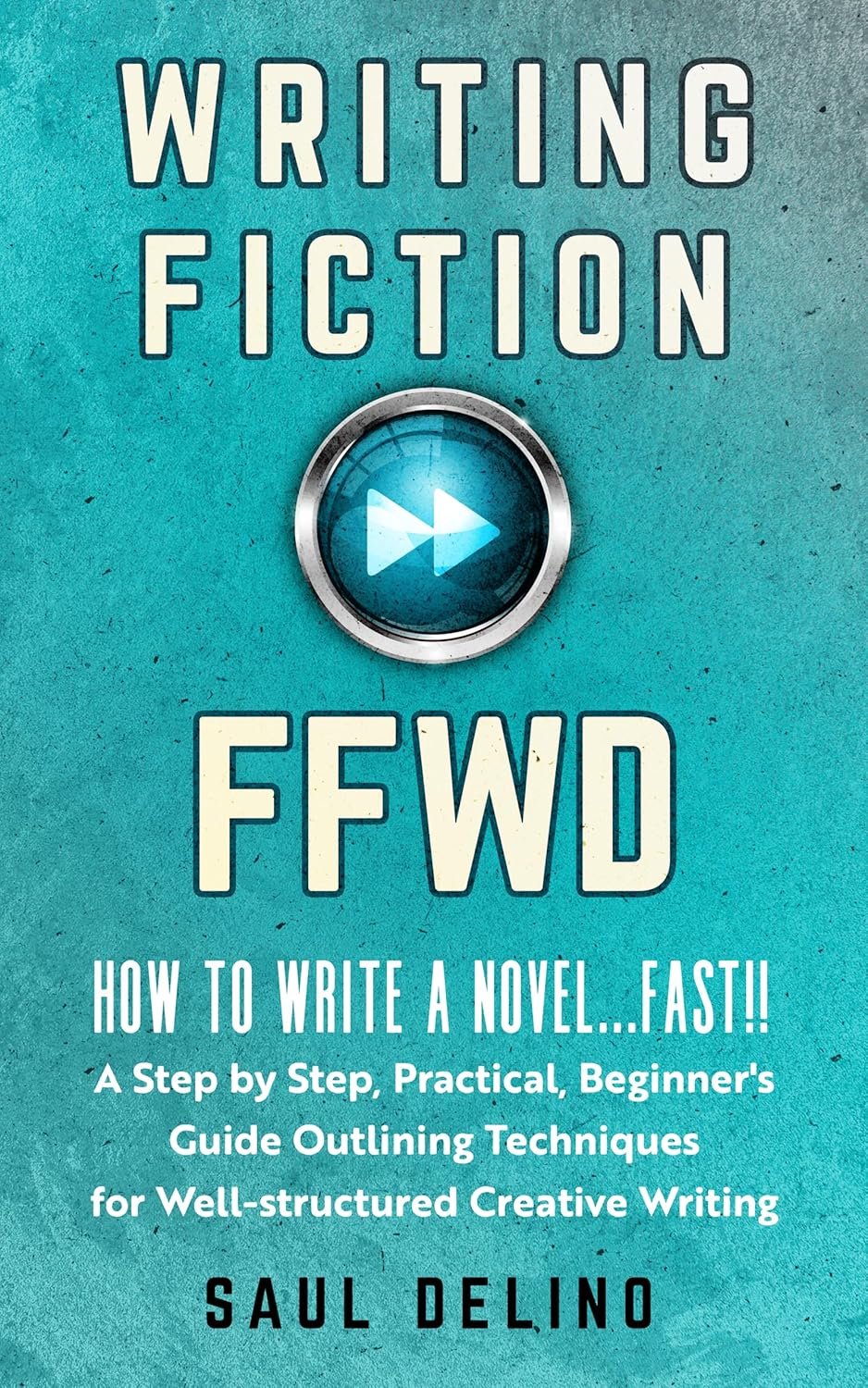
30 Jul Accelerated Storytelling: A Review of ‘Writing Fiction FFWD’ for Aspiring Novelists
Book Review: Writing Fiction FFWD: How To Write a Novel…Fast!!
As a book blogger who has wrestled with the beast that is novel writing, I was immediately drawn to “Writing Fiction FFWD: How To Write a Novel…Fast!!” by the dynamic and encouraging author, R. Brian Dwyer. I can’t be the only one who has felt paralyzed staring at a blank page, drowning in a sea of overly complicated writing guides. So, when I found Dwyer’s concise and approachable eBook, it felt like a refreshing splash of cold water on my creative process.
What struck me about “Writing Fiction FFWD” was its practical structure. Dwyer doesn’t waste time with fluff; instead, he dives headfirst into step-by-step techniques that empower both beginners and seasoned writers alike. He breaks down the daunting task of writing a novel into manageable pieces, addressing everything from choosing the right title to defining your motivation as a writer. The informal, upbeat tone makes you feel like you’re getting advice from a good friend rather than reading yet another dry manual.
One of my favorite sections was about selecting characters. Dwyer emphasizes the importance of crafting believable characters, sharing tips on how to name them in a way that feels authentic. It was a light bulb moment for me—so often I’ve been guilty of creating characters without really thinking through their motivations and backgrounds, and this book’s practical frameworks helped fill in those gaps. A particularly resonant quote for me was, “Characters need to breathe life into a plot, not just serve as mere vessels for story arcs.” It reminded me that at the heart of every good story are complex individuals, not just a sequence of events.
The pacing of the book itself mirrors the principles Dwyer espouses. At just 68 pages, it’s full of tips on overcoming writer’s block, editing, and creating satisfying conclusions. It’s the kind of companion you can refer to frequently without feeling overwhelmed. Dwyer’s straightforward writing style is punctuated with enthusiasm and encouragement, which left me inspired after each chapter.
As I turned the final page, I couldn’t help but feel a sense of motivation that had long been missing from my writing routine. Dwyer’s emphasis on rhythm and pacing in storytelling struck a chord with me, especially in the current age of fast-paced consumption. This book is not just a guide; it’s a reminder that the joy of writing is as much about the journey as it is about the destination.
In conclusion, “Writing Fiction FFWD” is a fantastic resource for anyone who has ever dreamed of writing a novel but needs that initial nudge. Whether you’re a complete novice or looking to refresh your skills, Dwyer’s insights are both practical and empowering. This book is a must-have in your writing arsenal—consider it your friendly handbook to unlock your creative potential. My own writing journey feels more vibrant and achievable now, and I wholeheartedly believe this guide can do the same for many other aspiring authors out there. So, what are you waiting for? Dive in, and let your writing journey begin!









